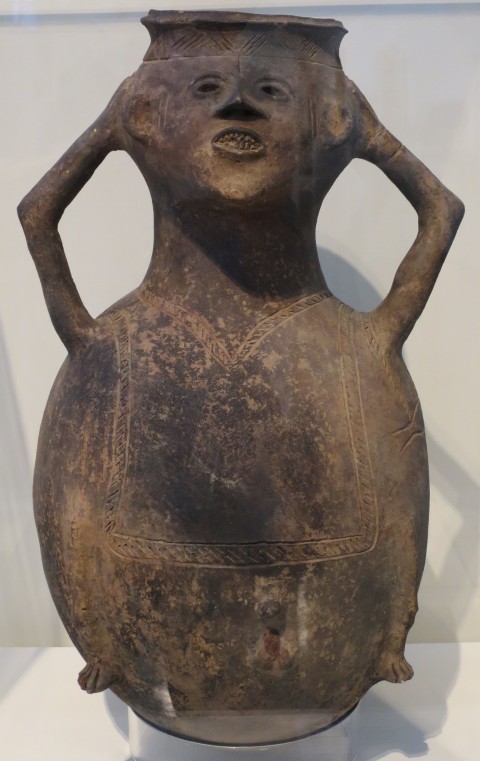The wisdom of the African Christian practice of reverencing the dead
What would the global church look like if we all honored our ancestors as members of the communion of saints?

In northern Cameroon, many people keep a jar representing their ancestors in a prominent place in the household. The pra indicates the continuing life of those who have gone before—the deceased members of the family and the wider community whose lives are still being expressed in and through the living.
When people in Cameroon converted to Christianity, many Christian clergy called on converts to shatter their pras as an expression of faith. Like most Western Christians, the missionaries did not associate reverence for ancestors with Christianity, and many regarded the practice as a superstition that should be left behind. But some Cameroonians wondered—could they be Christians without their ancestors?
Regardless of that history of suspicion, reverence for ancestors has a place within Christianity of any place. The practice can enlarge our understanding of the communion of saints and of the body of Christ through time. It can challenge the individualistic approach of Western Christianity by recognizing the corporate nature of salvation.




